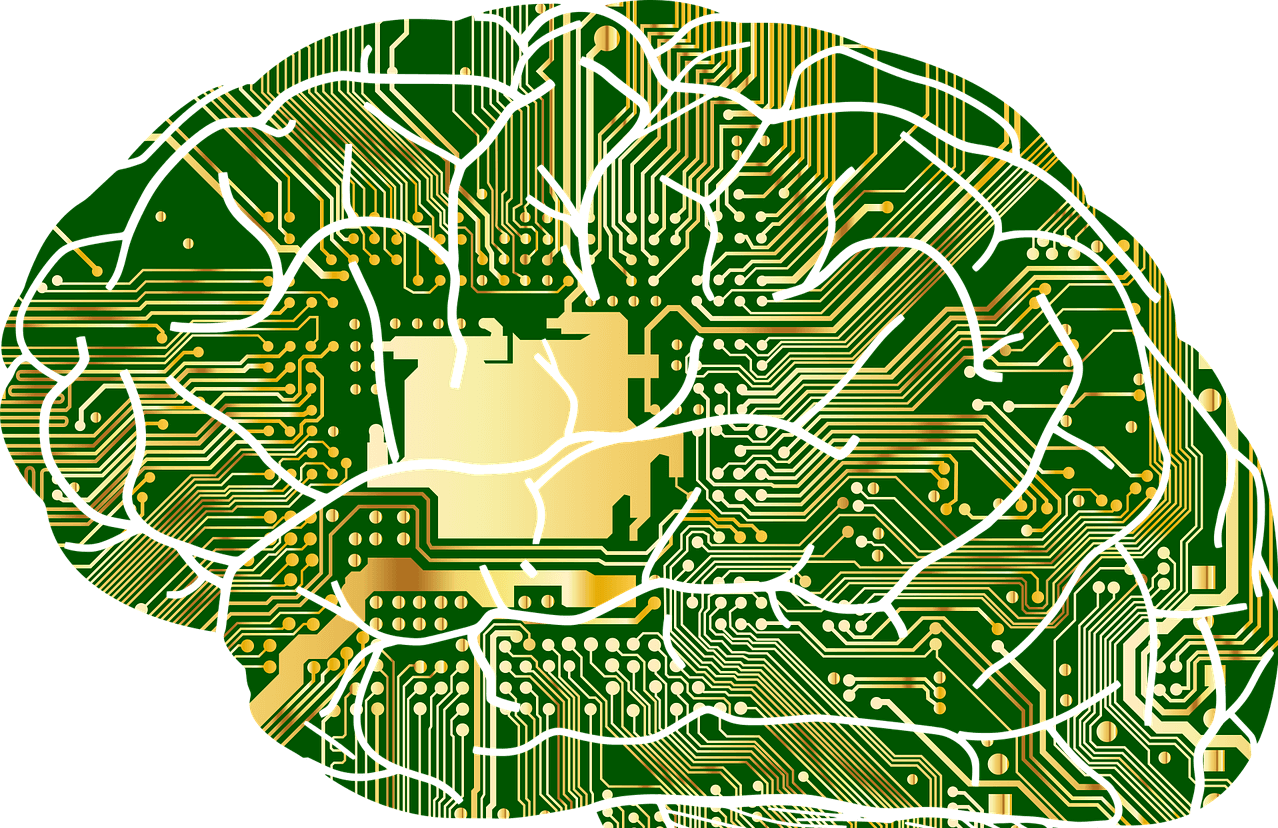Business Innovation
A small, family-owned grocery store in the heart of a downtown district has been providing goods to their community for over ten years. Customers come and go, and products fly off the shelves in waves. For the last two years, the store has seen a decline in sales. So they sit wondering if they will be able to weather the latest storm of dropping sales and over-bloated inventory. The owner relies on his intuition, but lately has noticed that his business is running inefficiently.
The owner’s son, who grew up in the business and earned his degree in business has a new idea. He enters the store and convinces his father to try a new method of determining inventory. His son pulls out his phone and starts tapping away at the screen, and in minutes, looks at his father with the answer. He says, “Here dad, this is what you need to order for next week.” Reluctantly, his father decides to try his son’s methods. A few weeks later, the store is lean on inventory and more profitable. Though the cyclical behavior of customer purchases continues, the store is adapting to the customers proactively instead of reactively.
This story is an example of what happens when you begin to incorporate machine learning principles into your business.
Machine learning is a far greater phrase than its true meaning. That is because machine learning is nothing more than a collection of algorithms. People use these algorithms to create automated responses to large quantities of data. Mathematics and statistics are the root of machine learning and are an over complication of principles that determine predictability. However, it is much more straightforward and user-friendly than people think. Each algorithm is split into different classifications known as supervised, unsupervised and reinforced.
Supervised Machine Learning
One of the more commonly used versions of machine learning is supervised learning. It is easier to understand as it embodies similar concepts as standard statistical models. It uses input data called training data, to make predictions toward pre-defined outputs.
For example, in the grocery store example, the owner uses machine learning methods to know between certain weeks, or quarters the number of peanut butter purchased. He determines, based on historical data, how many purchases of peanut butter they should be expecting in the coming weeks. The data that the manager inserts into the algorithm, is the number of peanut butter purchased across a series of dates and in return, the amount of future peanut butter purchases if the “trend” continues. This type of result is regression analysis. Regression analysis is when the output variables of an algorithm are real values.
Within supervised learning, there is another method of analysis, classification. Classification is when the output variables of the algorithms are categories. For example, using data from previous store patrons, the store owner can see through a gender classification, how many purchases of products come from a male or female. He can also determine what the age classification of his best customers is. These data points provide information that allows him to make the appropriate decisions for his business.
Specific algorithms, however, can pull data together into unknown outcomes known as unsupervised learning.
Unsupervised Machine Learning
A bubble chart, groups or clusters data results to show correlation. Historical data is irrelevant. However, to each other, the data points are associated, this association is known as clustering. Data points are relative to each other as such that the algorithm groups customers who purchased peanut butter from the owner’s store by zip code, mapping the peanut butter customers as such. The results dictate to the owner as to where to focus on sales or promotion of the product, peanut butter. These results narrow his focus to customers who have shown a propensity to purchase peanut butter.
Additionally, you can use a classification of unsupervised learning known as Association. This classification correlates data using an algorithm to determine if a cause of X has an equal cause Y. For example, the store patrons who purchased peanut butter tend to buy bread. The results of the data can help the owner determine which items to group to simplify the customer purchasing experience and influence the behavior they have already demonstrated.
You can see that using the methods of supervised and unsupervised learning can provide valid information for business optimization. However, the classification known as reinforcement learning is where we find the most complex machine learning algorithms.
Reinforcement Machine Learning
The classification of reinforcement learning uses learning algorithms that continuously reinforce the learning process. You find this learning mostly in systems that not only automate but learn from its automation and therefore become intelligent. The algorithms learn from its environment by interacting and receiving similar responses as the human brain; Positive and Negative. With each answer, it determines how to adjust and reinforce its goals.
This type of learning can bode well for the store owner. Coupled with an automated system that places inventory orders, a reinforcement algorithm can use peanut butter purchase data, and inventory data to automate the refill orders for the store owner. The store owner provides the algorithm with a goal, and the system works to achieve it through reinforcement learning. Too much inventory? The algorithm learns why and adjusts itself to optimize its ordering to reduce leftover stock. Furthermore, a sales promotion causes a shortage of peanut butter; the algorithm determines that advertising increases sales, so it needs to order more inventory. Over time, the algorithm optimizes itself further to know all of these parameters and reacts accordingly.
Conclusion
As you can see, the possibilities of business optimization are endless with machine learning. These techniques helped some of the largest organizations maintain a competitive advantage as they have the resources to create such algorithms. Amazon uses these techniques for online recommendations, identification of data outliers, and segmenting of topics.
According to the book, “Machine Learning for Decision Makers,” written by Patanjali Kashyap and published in 2017, the following are some examples of companies using some of these methods to make their business more efficient:
- Netflix uses machine learning technology to predict customer viewing behavior allowing them to offer personalized services
- Google uses machine learning for computing the probabilities of clicks for Adsense and other advertising networks.
- Retailers such as Walmart, Apple, and Flipchart use machine learning to optimize their inventory, marketing activities, product placement, pricing, and targeting.
Many of these organizations have built machine learning tools to aid in their ability to maintain a competitive advantage. However, a small business can take advantage of Machine Language as a Service from companies such as Amazon, Google, and Microsoft by using their respective services SageMaker, Cloud Machine Learning Engine, and Azure Machine Learning. Now, a small to medium-sized business can take advantage of these tools to have a similar competitive advantage in creating the types of data flows that was only available by large corporations.
These learning systems are continually receiving new input and churning out new data sets that businesses use to optimize their decisions and automate workflows. The engines reinforce their learning and become smarter and more complicated each time. Understanding the purpose of such systems, and stepping out on a limb and trusting that these algorithms will only get better with time, will help business owners like the store owner in optimizing their business and improving profitability.

